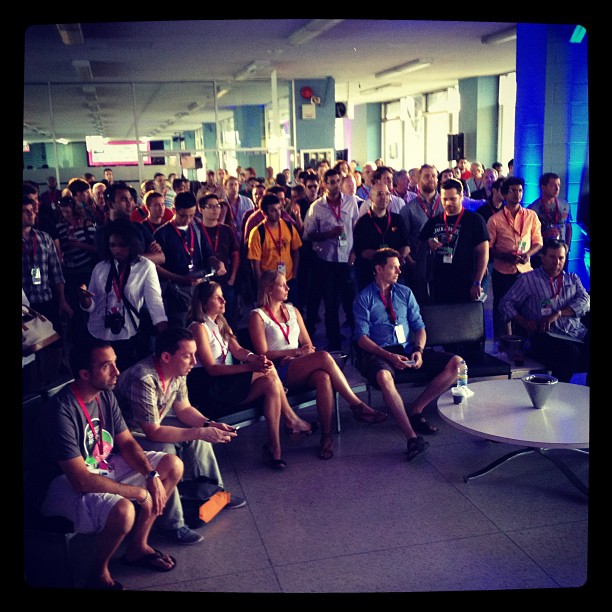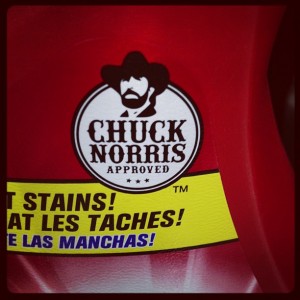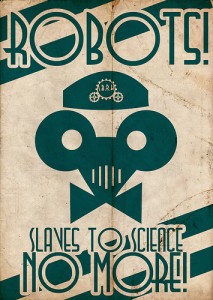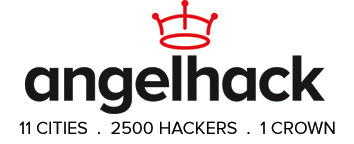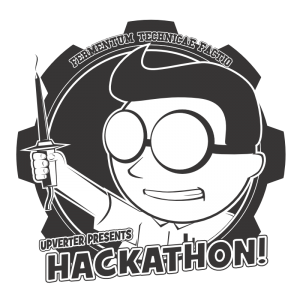


 Some rights reserved by Today is a good day
Some rights reserved by Today is a good day
Did you know that accelerators are heading for a shake out? We’ve talked a lot incubators, accelerators and cyclotrons. And the proliferation of the accelerator model is generally positive, it started me thinking about a possibility for slightly different model. One that Kevin Swan posted an insightful comment on the talent shortage for Canadian startups. I don’t think I’m the first to propose this, but it starts to make sense. Incubators/accelerators don’t need to only hasten the formation, creation and ideation of companies. They are fertile grounds to accelerate people. And it’s not just incubators and accelerators, companies participate in HackDays to find talent.
Need proof?
Vuru founders Cameron Howieson and Yoseph West reached out to the Wave Accounting team for advice on building a free, web-based financial services tool. Over time, the two companies traded notes as Wave took on a an informal advisory role, and that led to a sense that Vuru’s talent and direction were something that would be well suited to the Wave Accounting mission. — Darrell Ethrington, Aug 21, 2012 in BetaKit
Vuru was a 2 cofounder team in the FounderFuel (full disclosure: I am mentor in FounderFuel and I now employed by Wave Accounting investor OMERS Ventures). They were building a “investment tracking tools aimed at managing personal finance, which is not something Wave currently offer[ed]”. It was a great fit, a team that had the entrepreneurial culture to make a difference at Wave and a product that filled a known product roadmap gap.
Ok, before Zach Aysan slaps me for being totally incorrect. AlgoAnywhere was not in an incubator or accelerator program. But they had raised a seed round and were building very interesting technology.
The 500px founders met Algo Anywhere at their Pixel Hack Day last year, and were impressed by what the team brought to the table. Algo Anywhere’s tech was originally intended to be sold on an SaaS basis, providing companies with the data crunching power of sophisticated recommendation algorithms, without the need for those to be developed in-house or hosted on a company’s own servers – Darrell Ethrington, July 9, 2012 in BetaKit
The interesting point here isn’t about incubators or accelerators. It’s about founders of early-stage companies looking for relationships and gaps in the market left by other players.
It seems that 500px has been strategically acquiring companies. It looks like both Pulpfingers and Algo Anywhere were part of the PixelHackDay (see photo from TechCrunch). Which gives 500px access to see designers, developers working in their domain space. It’s a great way to round out the product roadmap, Pulpfingers was a iOS discovery application. And they aren’t alone. Hootsuite acquired Seesmic and Swift.
Built to Last versus Built to Flip
I’m not arguing that founders should be looking to build companies to flip. There is lots of conversation about building lasting value. I’m arguing that companies that have raised capital to scale are looking for alternative methods to acquire talent. Get access to the API, build a meaningful service, acquire shared customers and go forward, it’s Biz Dev 2.0 (as Caterina described back in 2006). What’s new to the game for Canada (well Canadian startups) is that for the first time since RIM we are starting to have web startups that are reaching scale and are able to acquire talent, teams and companies. The goal isn’t to look for a acqui-hire or a manquisition, but to look at where working with an existing company or API gives you immediate access to distribution or monetization that you might have to work harder to build on your own.
I’m betting that companies like Wave Accounting, 500px, Influitive, Hootsuite, Shopify,Freshbooks, Top Hat Monocle, Wattpad, Upverter, Chango, Fixmo, Desire2Learn, Lightspeed are all actively looking for teams that are building on their APIs or filling product gaps (it becomes a buy versus build decision).
If I was a developer or looking to get into an incubator program, I’d start looking at the hackathons and APIs that are aligned with my vision where I could accelerate customer adoption.
Events
APIs and Developer Starting Points
Find an API (be it local or otherwise) that aligns with your vertical, figure out if you can solve one of your immediate challenges (like distribution and customer acquisition). Maybe strike up a conversation with the product teams at shop. But build something that delights customers and users! Go! Now!
Who has something built on one of the above APIs?
